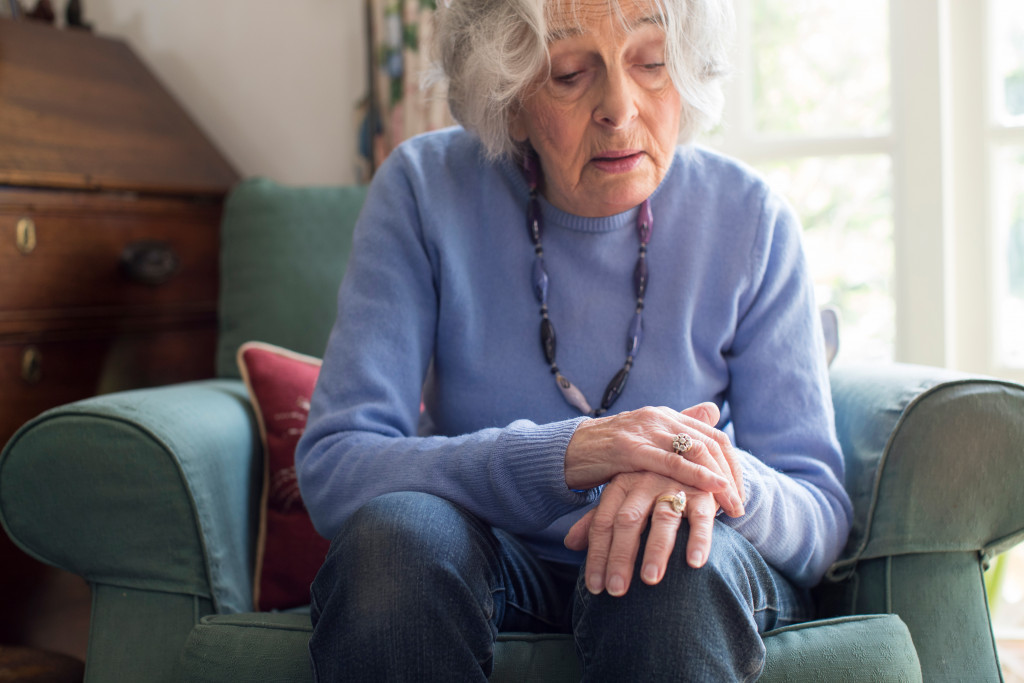Parkinson’s is a chronic and progressive neurological disorder that affects movement, muscle control, and balance. It can be present in people as young as 40 years old, making it a “young person’s disease.” Symptom onset is gradual, and the disease progresses over time. There is no known cure for Parkinson’s, though treatments are available to help manage symptoms.
Symptoms of Parkinson’s Disease
1. Tremors or Shaking, Especially in the Hands
Tremors are the most common symptom of Parkinson’s disease. They usually start in the hands but can also occur in the arms, legs, or face. The shaking may be mild at first but can become worse over time.
2. Slowed Movement
People with Parkinson’s often have a slow movement disorder called bradykinesia. They may move more slowly than usual, have difficulty starting movements, or take longer to complete everyday tasks.
3. Stiffness
People with Parkinson’s disease may experience stiffness in their muscles. This can make it difficult to move around and may cause pain.
4. Balance Problems
Parkinson’s can cause balance problems and make it difficult to walk or stand. You may feel like you are going to fall, especially when you first start to experience the symptoms of Parkinson’s.
5. Difficulty Swallowing
Some people with Parkinson’s have difficulty swallowing, which can lead to problems eating and drinking.
6. Cognitive Changes
Parkinson’s can cause cognitive changes, such as problems with memory, thinking, and judgment.
There is no cure for Parkinson’s disease, but there are treatments available that can help manage the symptoms. The most common treatment is medication therapy, which involves taking drugs to replace the lost dopamine. Other treatments include physical therapy, occupational therapy, and speech therapy.
Tips if you are caring for someone with Parkinson’s disease:

1. Be Patient
People with Parkinson’s disease may not be able to do things as quickly as they used to, and they may get tired more easily. Patiently help them with everyday tasks and be understanding if they are slower than usual.
2. Be Supportive
Provide encouragement and understanding, and be willing to help out. Supportive caregivers can make a big difference in the quality of life of people with Parkinson’s disease.
3. Help Them Stay Active
Exercise is good for people with Parkinson’s disease, and it can help to improve their symptoms. Encourage them to stay active and participate in physical activities they enjoy. Stay mindful of their limitations, and help them to pace themselves.
4. Help Them Stay Safe
People with Parkinson’s disease may be at risk of falls, so make sure they are safe when they are walking or climbing stairs. Safe environments include well-lit rooms with clear walkways and no obstacles.
5. Help Them Eat Well
People with Parkinson’s disease may have trouble swallowing or chewing, so it is important to provide them with soft foods that are easy to eat. Eating a healthy diet is important for everyone, but it is especially important for people with Parkinson’s disease.
6. Help Them Manage Stress
Stress can worsen the symptoms of Parkinson’s disease, so help your loved one find techniques to manage stress. Relaxation techniques, yoga, and meditation can all be helpful. Stress-busting activities can also help to improve the quality of life for people with Parkinson’s disease.
7. Be Prepared for Changes
The symptoms of Parkinson’s disease can change over time, so be prepared for changes in your loved one’s condition. Changes can include worsening tremors, more difficulty walking, and changes in mood or behavior.
8. Get Help If Necessary
There are many resources available to help caregivers of people with Parkinson’s disease. Ask your doctor or nurse for information about support groups or neuro-rehabilitation facilities. These facilities know how to best care for people with Parkinson’s and can also provide valuable support to caregivers.
9. Don’t Take Things Personally
It can be difficult to care for someone with a chronic illness, and it is easy to feel overwhelmed. Remember that your loved one is not always going to be happy or cheerful, and don’t take their mood swings personally. Take some time for yourself to recharge and relax.
10. Seek Support for Yourself
Caregiving can be a lot of work, and it is important to take care of yourself. Make sure you get enough rest and exercise and find time for things you enjoy. Caring for someone with Parkinson’s disease can be challenging but rewarding. With patience and understanding, you can help your loved one manage this disease.
Conclusion
In this blog post, we talked about how to care for someone with Parkinson’s disease. We outlined some of the common symptoms of the disease and shared some tips for caregivers. We also noted that the symptoms of Parkinson’s could change over time, so it is crucial to be prepared for changes. Finally, we urged caregivers to take care of themselves and seek support when needed.

